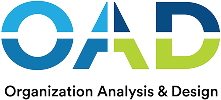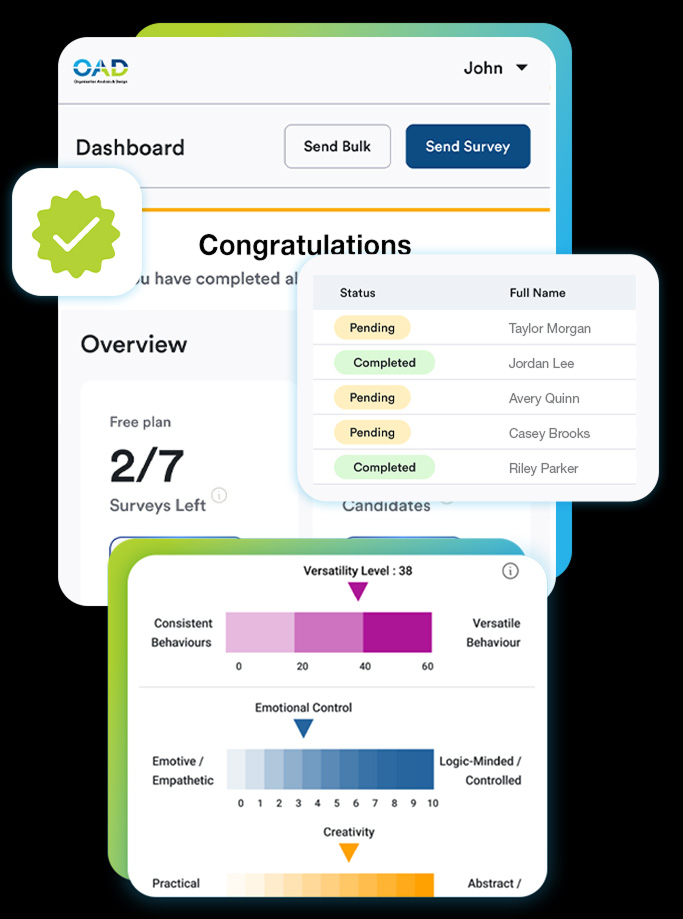Hey everyone, welcome back to The Science of Leading. I’m Claire Monroe, and as always, I’m here with the one and only Edwin Carrington. Edwin, how are you doing today?
Doing well, Claire. Always a pleasure to dig into these topics with you. And I have to say, today’s subject—high-performing teams—is one that’s close to my heart. I’ve seen a lot of teams in my time, and the difference between a good team and a truly high-performing one is, well, night and day.
Yeah, and I think a lot of people assume that if you just put a bunch of talented people together, you’ll get magic. But, honestly, that’s not what I’ve seen. I remember my first “superstar” team—everyone had impressive resumes, but we just… didn’t click. We missed deadlines, there was tension, and it felt like we were all rowing in different directions. I couldn’t figure out why it wasn’t working.
That’s a classic scenario, Claire. It’s tempting to think talent alone is enough, but high performance is engineered, not accidental. The research backs this up—high-performing teams are built on shared goals, psychological safety, clear roles, and balanced accountability. It’s about intentional design. You need everyone aligned on what success looks like, and each person has to know how their role fits into the bigger picture. Otherwise, you get what you described: a group of individuals, not a team.
So, it’s not just about having the right skills, but about how those skills fit together. I mean, I’ve read that teams with clear goals and defined roles are way more effective. But psychological safety—that’s the one that always stands out to me. Like, people need to feel safe to speak up, right?
Exactly. Amy Edmondson’s work and Google’s Project Aristotle both found psychological safety to be the number one predictor of team success. When people feel safe to share ideas, admit mistakes, or challenge each other, you get real collaboration and innovation. And that’s what separates a high-performing team from just a collection of high performers.
So, if you’re listening and thinking, “My team is full of smart people, but we’re not hitting our stride,” maybe it’s time to look at the design and the dynamics, not just the résumés. Where was I going with this? Oh right—so, Edwin, what’s the first thing you look for when you’re assessing whether a team has high-performance potential?
I always start with alignment. Is there a shared mission? Are roles clear? And do people feel safe to contribute? If those aren’t in place, talent alone won’t get you very far.
That makes sense. But let’s talk about why so many teams miss the mark. I mean, we’ve all seen teams with great people that just… fizzle. What are the most common pitfalls you see?
There are a few big ones. Vague goals—if people don’t know what success means, they can’t deliver it. Unclear roles—when responsibilities overlap or get dropped, things stall. Communication breakdowns—if people don’t feel safe to speak up, issues get buried. And, maybe most damaging, poor team fit. Even one misaligned hire can throw off the whole group. The cost isn’t just missed targets; it’s lost morale, disengagement, and sometimes, your best people quietly leaving.
Yeah, and I think a lot of leaders fall into the trap of thinking, “If I just hire for intelligence, energy, and integrity”—the Warren Buffett trio—they’ll be set. But even that’s not enough, right?
That’s right. Buffett’s three are foundational, but behavioral fit is the missing piece. I once worked with a brilliant analyst—off-the-charts smart, high energy, total integrity. But the team needed someone who could handle constant client interaction and fast pivots. He was more comfortable with deep, solo analysis. He struggled, the team struggled, and it was nobody’s fault. It was just a misfit.
That’s such a good point. And it’s something we’ve talked about in earlier episodes—how gut instinct in hiring can be so misleading. I mean, you can have a great feeling about someone, but if you’re not looking at how they’ll actually mesh with the team, you’re rolling the dice. That’s where OAD’s assessments come in, right?
Absolutely. OAD’s behavioral assessments help you see beyond the résumé and the interview. They measure how someone communicates, makes decisions, handles pressure—all the things that determine whether they’ll thrive in your specific environment. It’s about moving from guesswork to precision. And when you get that fit right, performance becomes almost effortless.
So, it’s not just about “can they do the job,” but “will they thrive here, with these people, in this context.” That’s a big shift for a lot of leaders, but it’s so important if you want to avoid those costly mis-hires.
Let’s dig into what actually keeps a team performing at a high level over time. We’ve talked about psychological safety, but what else goes into building trust and alignment that lasts?
Trust is the foundation, but it’s reinforced by shared responsibility and continuous growth. High-performing teams don’t just hit their goals—they challenge each other, adapt, and keep raising the bar. Structured feedback is key. When feedback is timely and actionable, it keeps everyone moving in the right direction. And development opportunities—whether it’s training, mentorship, or new challenges—help people grow with the team, not just in their own silos.
I love that. And I’m curious—how do leaders actually reinforce culture day-to-day? I mean, it’s easy to talk about values, but how do you make them real?
It’s about modeling the behavior you want to see. Howard Schultz at Starbucks is a great example—he didn’t just talk about culture, he lived it. He made sure people understood the “why” behind decisions, especially during tough transitions. And with OAD clients, we’ve seen that when leaders use data to understand their teams—who needs more support, who’s ready for a stretch assignment—they can tailor their approach and keep the culture strong, even as things change.
So, it’s not just about setting the tone at the top, but about reinforcing it in the little moments—how you give feedback, how you handle mistakes, how you celebrate wins. And I guess, making sure everyone feels like they belong and can contribute, even when things get messy or uncertain.
Exactly. Culture isn’t a poster on the wall—it’s how people treat each other, how they solve problems, and how they hold each other accountable. When you get that right, you build resilience. The team can weather change, adapt, and keep performing at a high level.
Alright, so let’s talk about the role of data. I feel like this is where a lot of teams either level up or get stuck. How do you actually use data to keep improving, instead of just collecting it and moving on?
Great question. The best teams don’t just set and forget—they’re always measuring, learning, and adjusting. Regular data collection on team performance—things like pulse surveys, feedback tools, and behavioral analytics—gives you real-time insight into what’s working and what’s not. It’s not about micromanaging; it’s about spotting patterns early, so you can intervene before small issues become big problems.
So, you’re saying it’s not just about annual reviews or big, formal assessments. It’s about building feedback into the rhythm of the team—quick check-ins, anonymous surveys, that kind of thing?
Exactly. The more you can make feedback and data collection part of everyday life, the more agile and resilient your team becomes. And with the right analytics, you can even predict where disruptions might happen—like if psychological safety is dipping, or if certain roles are overloaded. That lets you act proactively, not reactively.
I love that. It’s like, you’re not just hoping things will work out—you’re engineering your edge, as you always say. And I guess that’s the big takeaway: high-performing teams don’t happen by accident. They’re built, measured, and improved on purpose.
That’s right, Claire. If you want to outperform, retain top talent, and move faster, invest in alignment, trust, and data-driven improvement. Don’t leave it to chance.
Well, that’s a perfect place to wrap for today. Thanks, Edwin, for sharing your wisdom as always. And thanks to everyone listening—if you want to see these ideas in action, check out OAD dot ai for free. We’ll be back soon with more on building smarter, stronger teams. Edwin, always a pleasure.
Likewise, Claire. Take care, everyone, and keep leading with intention.
See you next time on The Science of Leading!

